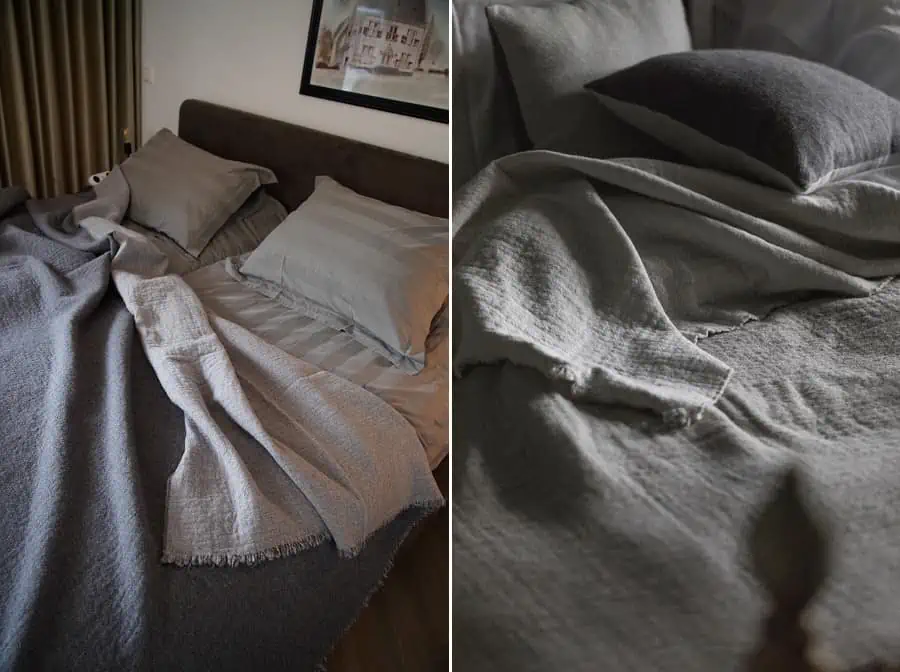
With World Asthma Day coming up – it takes place during early May if you’d like to fundraise for the event and the 300 million people who suffer from the condition worldwide – we got thinking about how the most sensitive can find the warmth they need as we make the transition from spring to summer.
Everyone deserves to find the cosiness to stay comfortable this season and every season after, and those with asthma and allergies shouldn’t be excluded. Yet with wool having a reputation for triggering contact allergies and adversely affecting those with sensitivities, many struggle to find the warming accessories to kit out their home and wardrobe.
In this blog post, we bust a few myths so you can find the woolly warmth everyone needs in their life.
The truth about wool allergies
Distinguishing between a wool allergy and sensitivity can be very difficult. Having a reaction from your favourite wool jumper for instance isn’t a sure-fire sign that you suffer from a wool allergy. For some people, the mere sight of wool can trigger itchiness and irritation!
As this recent study shows however, wool is a very unlikely allergen indeed. In fact, its naturally hypoallergenic properties deem the sustainable material a safe choice for people with asthma, eczema and allergies.
Contrary to popular belief, irritation from wool is more likely to be caused not by the wool itself but the chemicals found in the product, with contact dermatitis being the result.
Wool allergies are VERY rare
We’re not saying wool allergies don’t exist. In the few cases where a wool allergy has been diagnosed, reactions are caused by one substance in particular as Healthline explains:
“Wool allergy is believed to come from lanolin — a protective, waxy layer that covers every strand of sheep hair. Lanolin is a complex substance and is often added to cosmetics and ointments for its moisturising properties. Lanolin allergy is rare. A 2001 review of more than 24,000 people with high risk for allergies showed only 1.7% of them actually reacted to lanolin.”
Again, in most circumstances, it’s the chemicals used during the garment making process, and their resulting residues, that cause allergic reactions to occur.
Wool – the hypoallergenic wonder
Wool allergy myths busted, now back to wool’s hypoallergenic status! Wool’s moisture-wicking ability is what makes its fibres particularly skin friendly and non-irritating.
By nature, wool creates a dry environment where mould and fungus can’t thrive. These are also conditions that dust mites dislike and actively avoid, meaning asthma and allergy sufferers can breathe much easier.
The asthma and allergy friendly perks don’t end there! Wool has been proven to absorb and trap airborne toxins that negatively impact air quality, are damaging to respiratory health, and actively trigger asthma symptoms.
Merino wool is the best option
When choosing a woolly gift for the most sensitive individuals in your life, Merino wool is a great option. This is especially true considering its recently confirmed, official asthma and allergy friendly status from the international certification body Allergy Standards Limited (ASL).
Merino wool is also celebrated as a form of natural sun protection, making it a fantastic investment for summer. You can find out more about Merino wool’s protective qualities here.
You don’t have to search too far for asthma and allergy friendly goodness either. We design, handcraft and deliver a number of pure Merino wool products, including Merino wool blankets and super-fine Merino wool bedspreads.
Explore our all-natural homewares today and find the friendly, sustainable, naturally good accessories that will help you decorate your home consciously.
